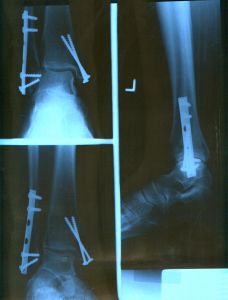The Fair Labor Standards Act (FLSA) requires employers to pay employees overtime pay, at a rate of time and a half, for all hours worked in excess of 40 hours per week. However, the Act contains many exemptions.
Many court battles have and will continue to be fought over these exemptions. One that is difficult for Claimants to beat is the so-called “Companionship services” exemption, derived from The Code of Federal Regulations, Title 29, Section 552.6. The section provides as follows:
As used in section 13(a)(15) of the Act, the term companionship services shall mean those services which provide fellowship, care, and protection for a person who, because of advanced age or physical or mental infirmity, cannot care for his or her own needs. Such services may include household work related to the care of the aged or infirm person such as meal preparation, bed making, washing of clothes, and other similar services. They may also include the performance of general household work: Provided, however, That such work is incidental, i.e., does not exceed 20 percent of the total weekly hours worked. The term “companionship services” does not include services relating to the care and protection of the aged or infirm which require and are performed by trained personnel, such as a registered or practical nurse. While such trained personnel do not qualify as companions, this fact does not remove them from the category of covered domestic service employees when employed in or about a private household.
 Florida Injury Attorney Blawg
Florida Injury Attorney Blawg





